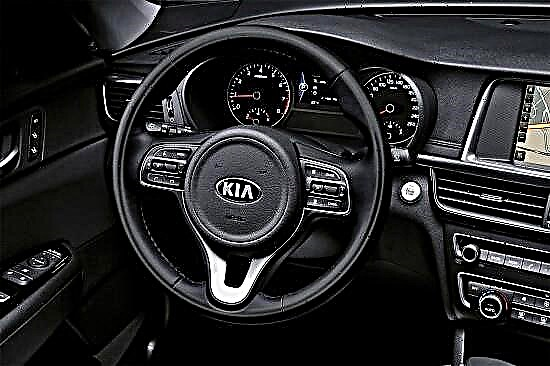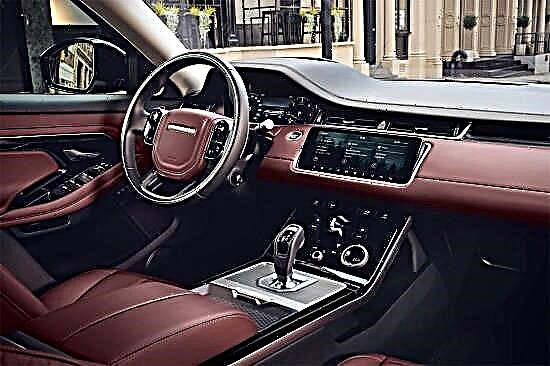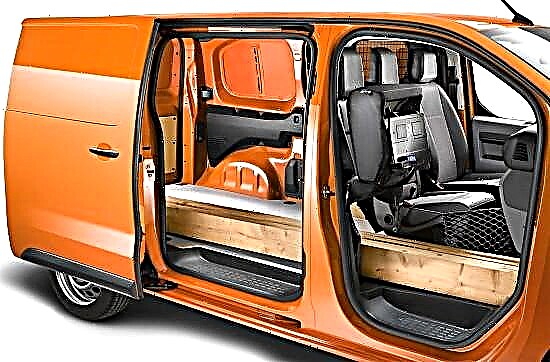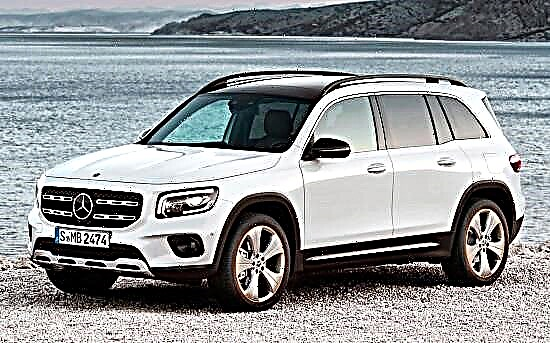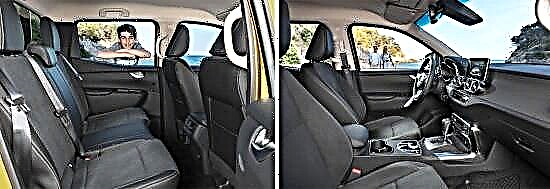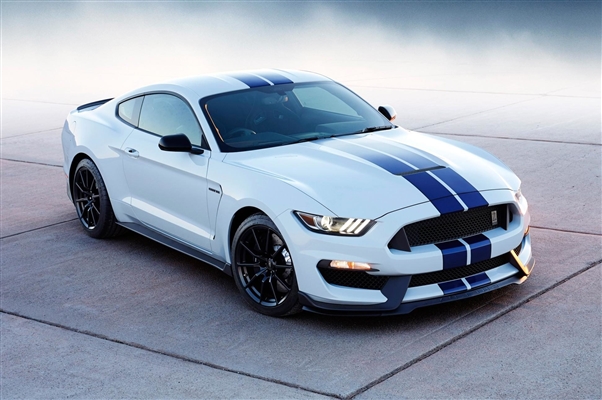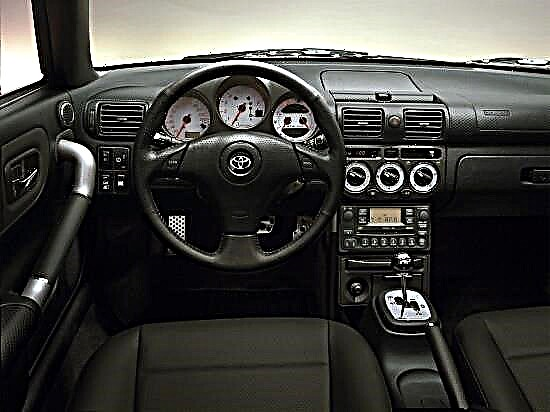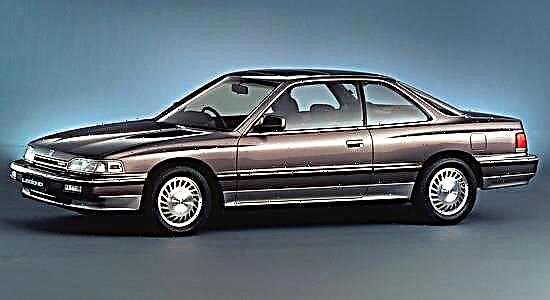The full-size business sedan Honda Legend was first introduced in 1985. Thus, the Japanese company decided to bring to the market a direct competitor to BMW and Mercedes-Benz. In 1987, the model range was replenished with a version with a two-door coupe body. The car was produced until 1990, after which it was replaced by the second generation Legend.

The “first” Honda Legend is a business model that was available in sedan and two-door coupe with four seats.

Depending on the bodywork, the length of the car is from 4775 to 4840 mm, the width is from 1745 to 1755 mm, and the height is 1375 mm. The sedan has 2,760 mm between the axles, and under the bottom (clearance) - 150 mm, for the coupe these figures are as follows - 2705 and 145 mm, respectively. When equipped, the car weighs from 1320 to 1430 kg.

The first generation Honda Legend was equipped with three six-cylinder petrol engines with a V-shaped arrangement of cylinders. The first is a 2.0-liter "aspirated" engine producing 145 horsepower and 171 Nm of torque, the second is a 2.0-liter turbo engine, the output of which is 190 "horses" and 241 Nm, the third is a 2.7-liter naturally aspirated unit with a capacity of 180 forces, developing 225 Nm.
The engines were combined with a 5-speed manual or 4-speed automatic transmission, the drive is exclusively front-wheel drive.
On the "first" Honda Legend used independent multi-link front and rear suspension, equipped with anti-roll bars. The brakes on all wheels are disc brakes, and they are also ventilated at the front.

The first generation Honda Legend business sedan combined a competent design, modern technologies for its time, as well as the company's extensive experience in creating reliable power units designed for heavy loads.
Car owners note precise steering, a fairly comfortable interior, good technical equipment, powerful engines and acceptable dynamics.
There were also disadvantages - high fuel consumption, shock absorbers do not withstand intensive use on bad roads, which causes the levers and suspension elements to break.

